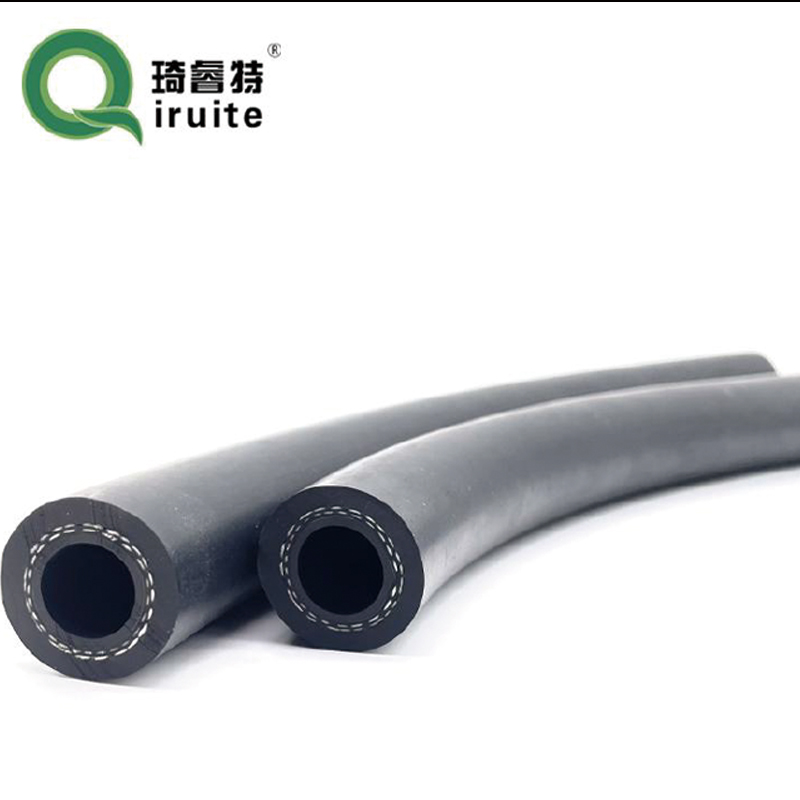ford f150 power steering hose
Understanding the Ford F-150 Power Steering Hose
The Ford F-150 has long been a favorite in the truck segment, celebrated for its durability, performance, and versatility. One crucial component that ensures a smooth driving experience is the power steering system. Among its many parts, the power steering hose plays a vital role in facilitating the vehicle's handling and maneuverability. This article delves into the importance of the power steering hose, its functions, maintenance, and replacement considerations specific to the Ford F-150.
Functions of the Power Steering Hose
The power steering hose is responsible for conveying pressurized fluid from the power steering pump to the steering gear, allowing the driver to steer the vehicle effortlessly. In essence, it enables precise control over the vehicle, especially under challenging driving conditions like turning sharply or navigating through rugged terrains. The fluid within the system amplifies the driver’s effort, making it easier to turn the steering wheel.
For the Ford F-150, the power steering system is designed to work seamlessly with the overall mechanics of the truck. The power steering hose typically consists of two parts a high-pressure hose and a return hose. The high-pressure hose carries the pressurized fluid from the pump to the steering gear, while the return hose sends the fluid back to the reservoir after it has gone through the steering mechanism.
Signs of a Failing Power Steering Hose
Like any other component, the power steering hose can wear out over time due to heat, pressure, and exposure to various elements under the hood. Identifying signs of a failing power steering hose is crucial to prevent further damage and ensure optimum performance
1. Leaking Fluid One of the most telling signs of a problem is the presence of fluid leaks around the hose. Power steering fluid is typically a reddish or clear color, and puddles beneath the vehicle indicate a possible leak.
ford f150 power steering hose

2. Steering Difficulty If you notice increased resistance when turning the steering wheel or a stiff feeling, it could be a sign of a malfunctioning power steering hose resulting in inadequate fluid flow.
3. Unusual Noises A whining or groaning sound when turning the wheel can indicate low fluid levels often linked to a leaking hose.
4. Abrasion and Cracking Visually inspecting the hose can reveal signs of wear. Cracks, bulges, or any abrasion should be taken seriously and addressed immediately.
Maintenance and Replacement Considerations
Regular maintenance of the power steering system is vital to ensure longevity and performance. Checking the power steering fluid levels regularly and inspecting the hoses for any signs of wear can help identify issues before they become severe.
If you determine that the power steering hose needs replacing—whether due to leaks, cracks, or general wear—it is essential to use high-quality parts compatible with the Ford F-150. OEM (Original Equipment Manufacturer) parts are often recommended for their quality and reliability. A full system flush may also be necessary when replacing the hose to remove any contaminants that could lead to further issues.
Conclusion
The power steering hose is a small yet crucial component of the Ford F-150's steering system, ensuring easy maneuverability and control. Regular maintenance and prompt attention to any signs of failure can enhance the longevity of the vehicle and ensure a safe driving experience. Whether you're a weekend warrior or a daily commuter, understanding the significance of the power steering hose can help you keep your Ford F-150 operating at its best. Always consult with a professional mechanic for any concerns, ensuring your truck remains reliable and ready for any adventure.
-
Ultimate Spiral Protection for Hoses & CablesNewsJun.26,2025
-
The Ultimate Quick-Connect Solutions for Every NeedNewsJun.26,2025
-
SAE J1401 Brake Hose: Reliable Choice for Safe BrakingNewsJun.26,2025
-
Reliable J2064 A/C Hoses for Real-World Cooling NeedsNewsJun.26,2025
-
Heavy-Duty Sewer Jetting Hoses Built to LastNewsJun.26,2025
-
Fix Power Steering Tube Leaks Fast – Durable & Affordable SolutionNewsJun.26,2025

